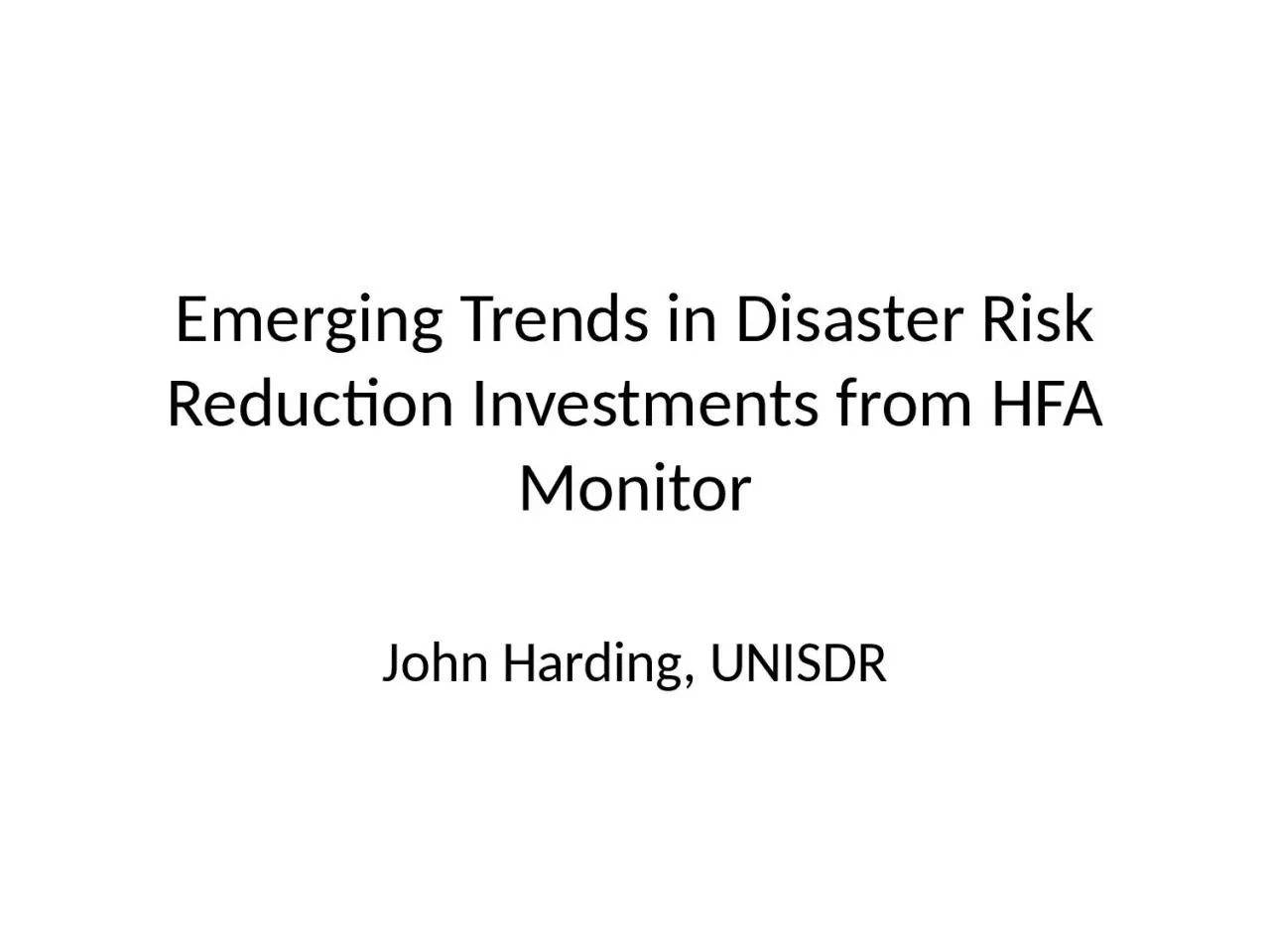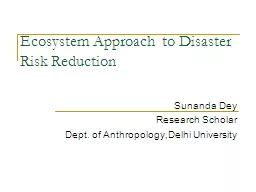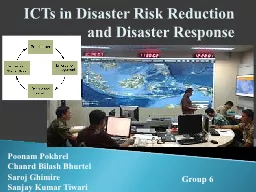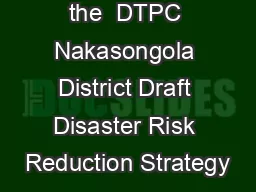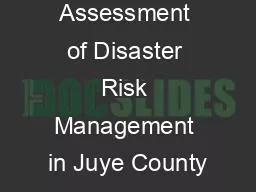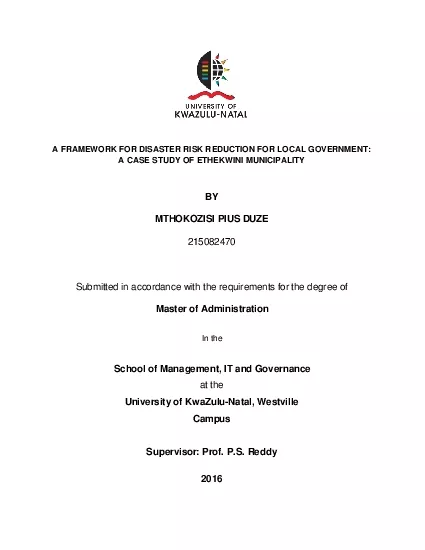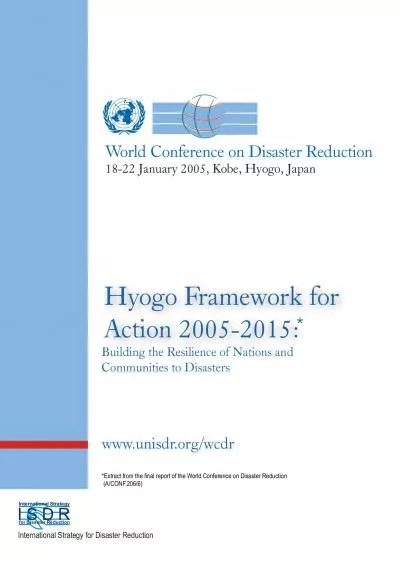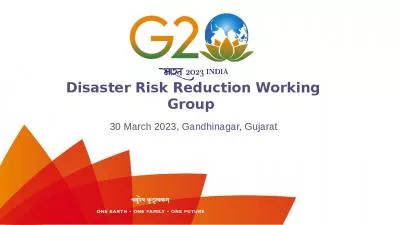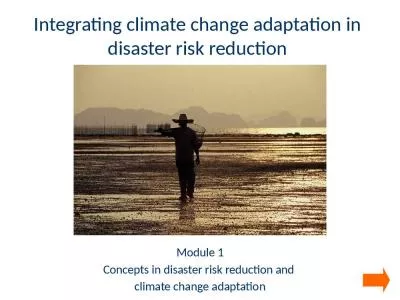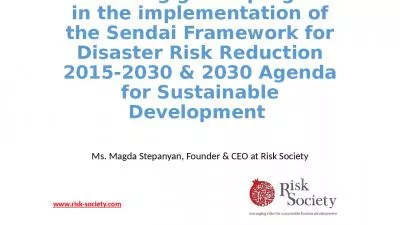PPT-Emerging Trends in Disaster Risk Reduction Investments from HFA Monitor
Author : evelyn | Published Date : 2023-09-25
John Harding UNISDR Hyogo Framework monitoring Currently 133 countries are reviewing their progress towards the objectives and goals of the Hyogo Framework of Action
Presentation Embed Code
Download Presentation
Download Presentation The PPT/PDF document "Emerging Trends in Disaster Risk Reducti..." is the property of its rightful owner. Permission is granted to download and print the materials on this website for personal, non-commercial use only, and to display it on your personal computer provided you do not modify the materials and that you retain all copyright notices contained in the materials. By downloading content from our website, you accept the terms of this agreement.
Emerging Trends in Disaster Risk Reduction Investments from HFA Monitor: Transcript
Download Rules Of Document
"Emerging Trends in Disaster Risk Reduction Investments from HFA Monitor"The content belongs to its owner. You may download and print it for personal use, without modification, and keep all copyright notices. By downloading, you agree to these terms.
Related Documents

